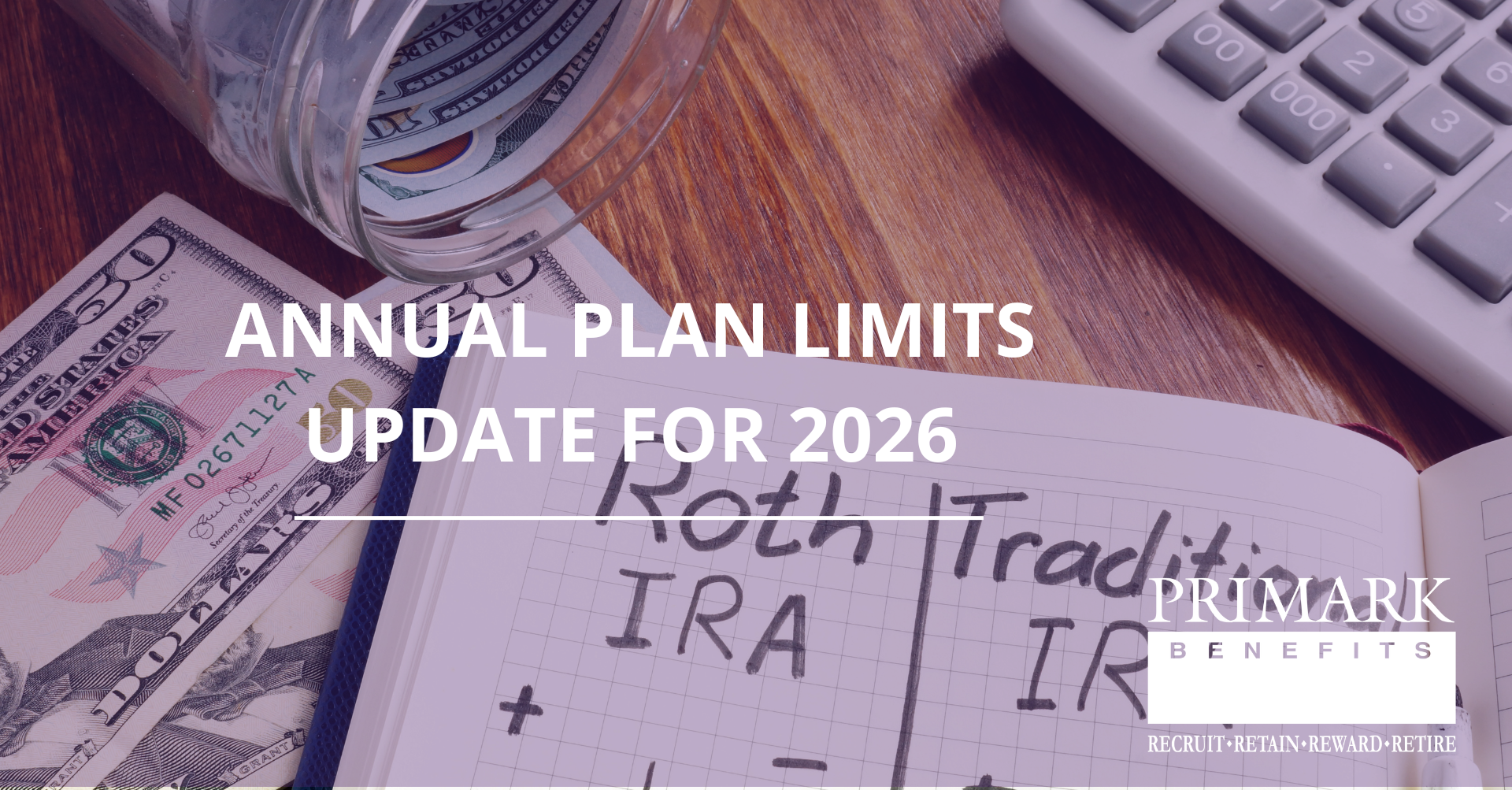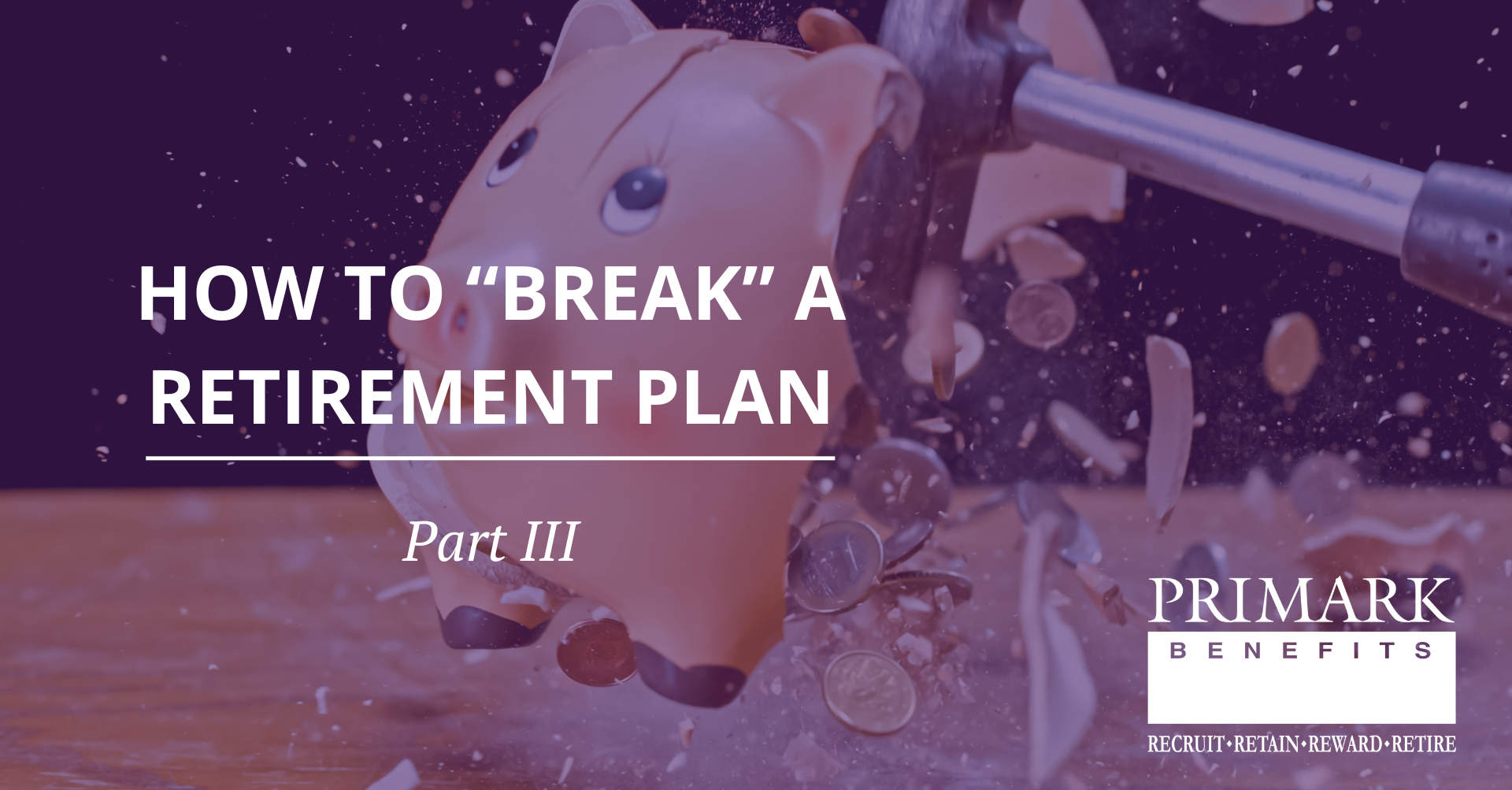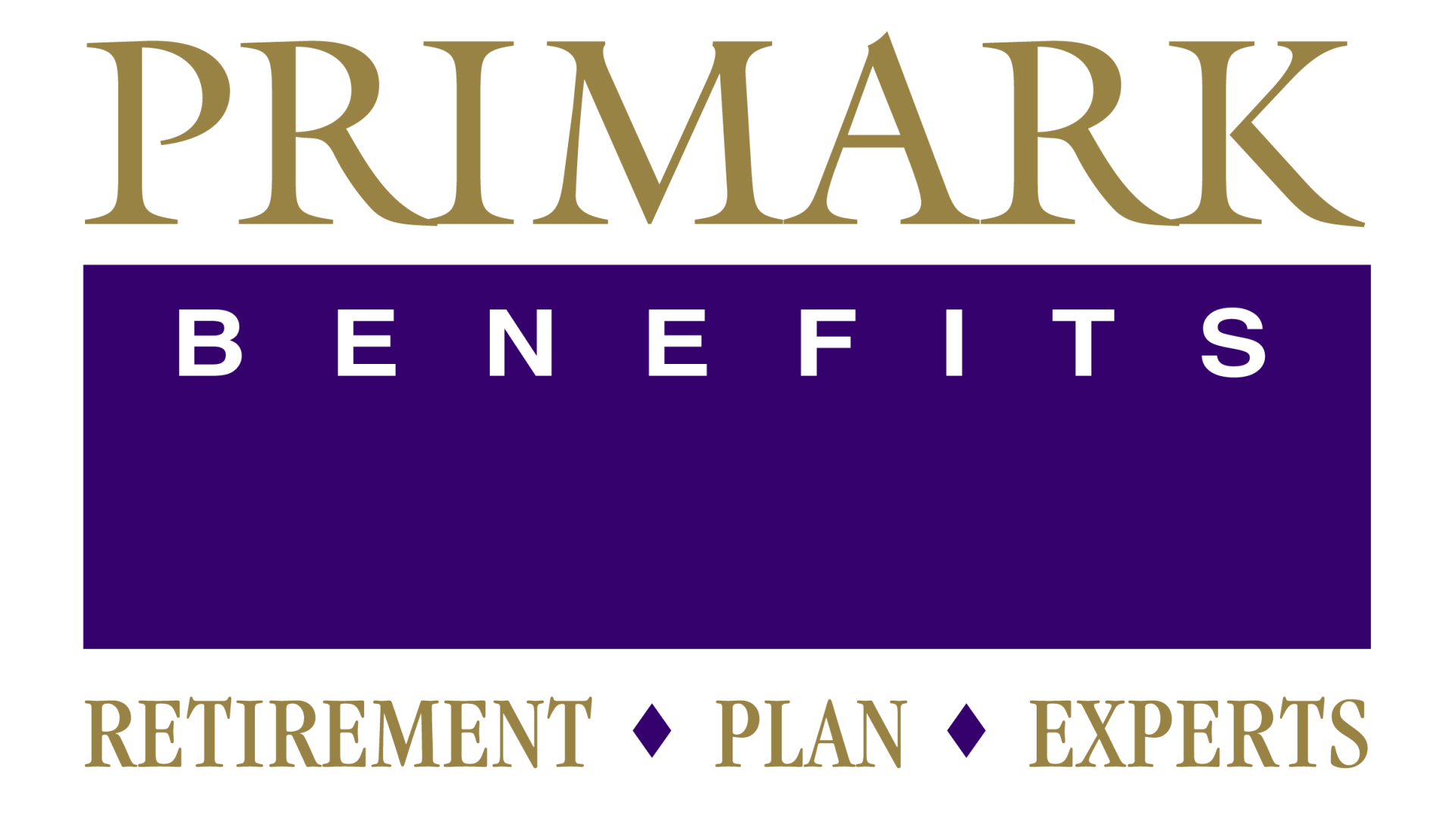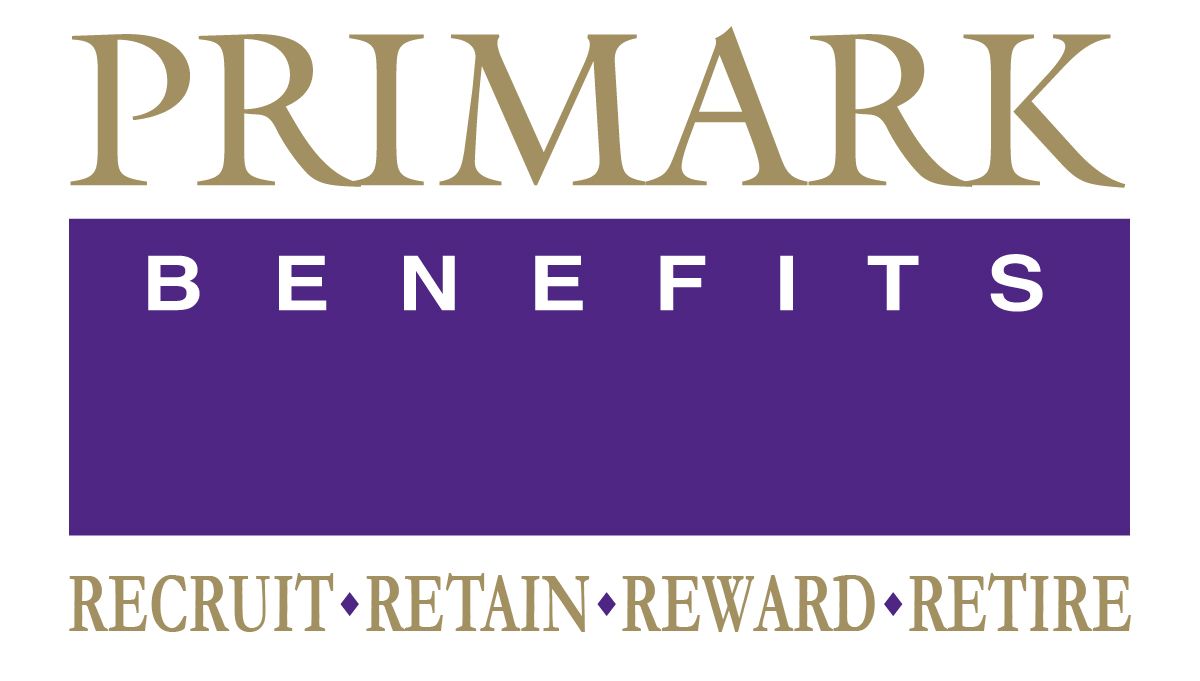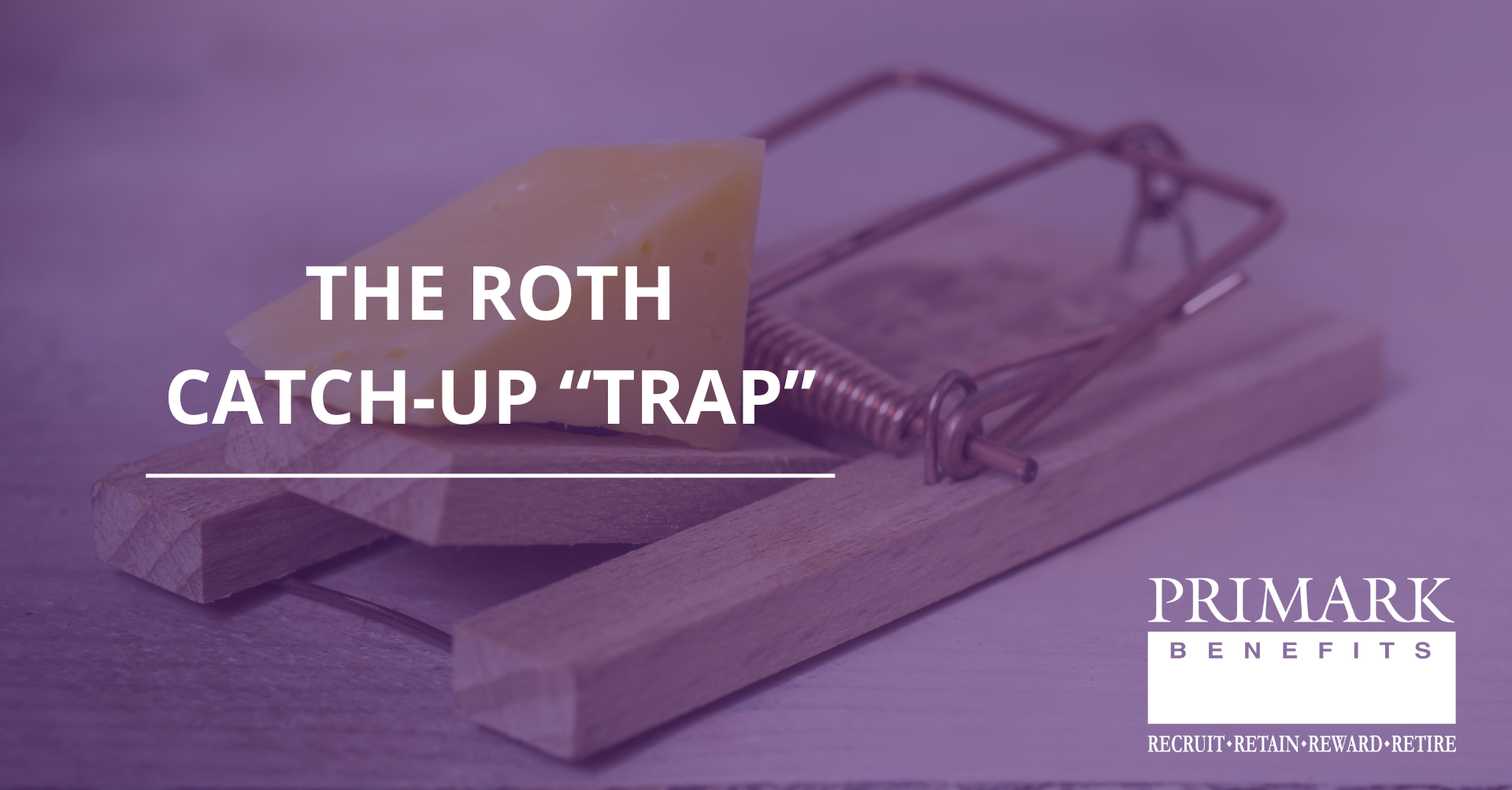Helping Early-Career Employees Navigate the Saving Maze
Ways to boost financial confidence and loyalty for Gen Z employees
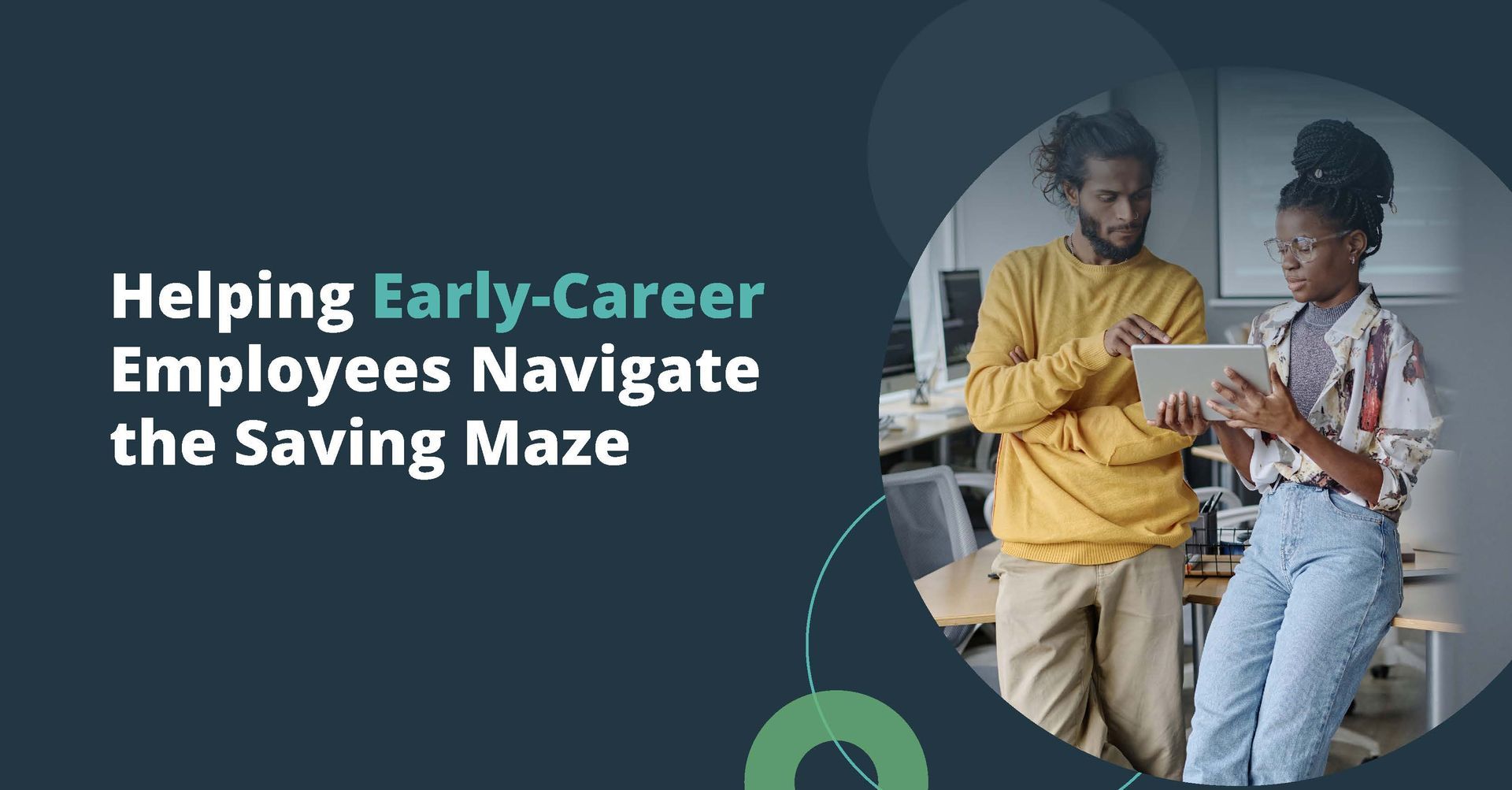
Have you ever found yourself pondering the classic "If only I could rewind the clock and share some pearls of wisdom with my younger self" scenario? As an employer, you have the chance to share this knowledge with your employees, especially when it comes to saving for the future.
The Impact of Early-Career Saving Hurdles
While everyone encounters challenges, certain obstacles tend to affect individuals early on in their careers more than their senior counterparts. Factors such as inflation, the cost of living, student loans, and impulsive 401(k) cash outs can significantly influence their financial well-being.
Gen Z employees, aged 18-24, emphasize that their overall well-being significantly influences their productivity. Many hold high expectations of their employers, expecting them to take responsibility for their financial wellness, provide retirement income, and offer guidance on investing in their 401(k) plans.
Let’s explore some of the challenges faced by employees in their early careers and discuss practical solutions we can help implement to empower them.
Combating the Burden of Education Debt
Now that the student loan freeze has ended, some individuals are encountering this issue for the first time, while others are readjusting. The weight of education debt can hinder the employee’s ability to contribute to their retirement savings, delaying their progress toward financial independence. Under the new rules in SECURE 2.0, employers can match contributions to retirement plans based on employees' student loan payments. This benefits individuals with student loans who might have refrained from contributing to a retirement plan, thereby missing out on employer matches and potential long-term savings. This simplified approach removes the complexity associated with previous non-elective contribution programs, which were subject to strict design and compliance requirements.
Saving in the Face of Inflation
Additional forces such as high cost of living and inflation serve as barriers to retirement savings, but younger employees seem to have the desire to save.
To encourage saving, the IRS provides a special tax credit, offering low- and moderate-income earners an additional incentive to save for retirement. If employees qualify for the Retirement Savings Contributions Credit, or Saver’s Credit, they might reduce their tax bill by up to $1,000 ($2,000 for a married couple filing jointly).
The Gift of Time in the Market
With time on their side, even small savings increments will have time to compound. This is where automatic plan design can be a very powerful tool to nudge savings.
- Auto-enrollment ensures that employees are automatically enrolled in the 401(k) plan. This enhances participation while maintaining flexibility, as employees have the option to opt out at any time.
- Auto-escalation gradually increases employees' contribution rates over time, typically by 1 – 2% per year. This feature not only instills a savings habit but also helps employees grow their retirement savings without requiring active involvement.
- Preventing cash outs is another way to keep employees invested. This can be done by limiting loans at the plan level. Additionally, it is an opportunity to educate employees on their roll-in and rollover options when joining or leaving the company.
Encourage younger employees to save, keep saving, and roll over their 401(k) assets, no matter how small. This habit will help them develop a continuous savings pattern which can set them up for a financially secure future.
Increasing Financial Literacy
Because many employees look to their employers for help with financial wellness, an opportunity exists to make an impact. By offering employee education resources or one-to-one meetings, we can help employees build financial confidence. This empowers them to make smart choices, affording them a feeling of control over their financial future.
Elevate Savings
Addressing the early-career savings hurdles requires a multifaceted approach. Employers who invest in their employees' financial well-being not only contribute to a more secure retirement but also foster a workforce that is engaged, focused, and motivated. By exploring these solutions, companies can play a vital role in empowering their employees to overcome financial challenges, which can set the stage for a prosperous and secure future.
